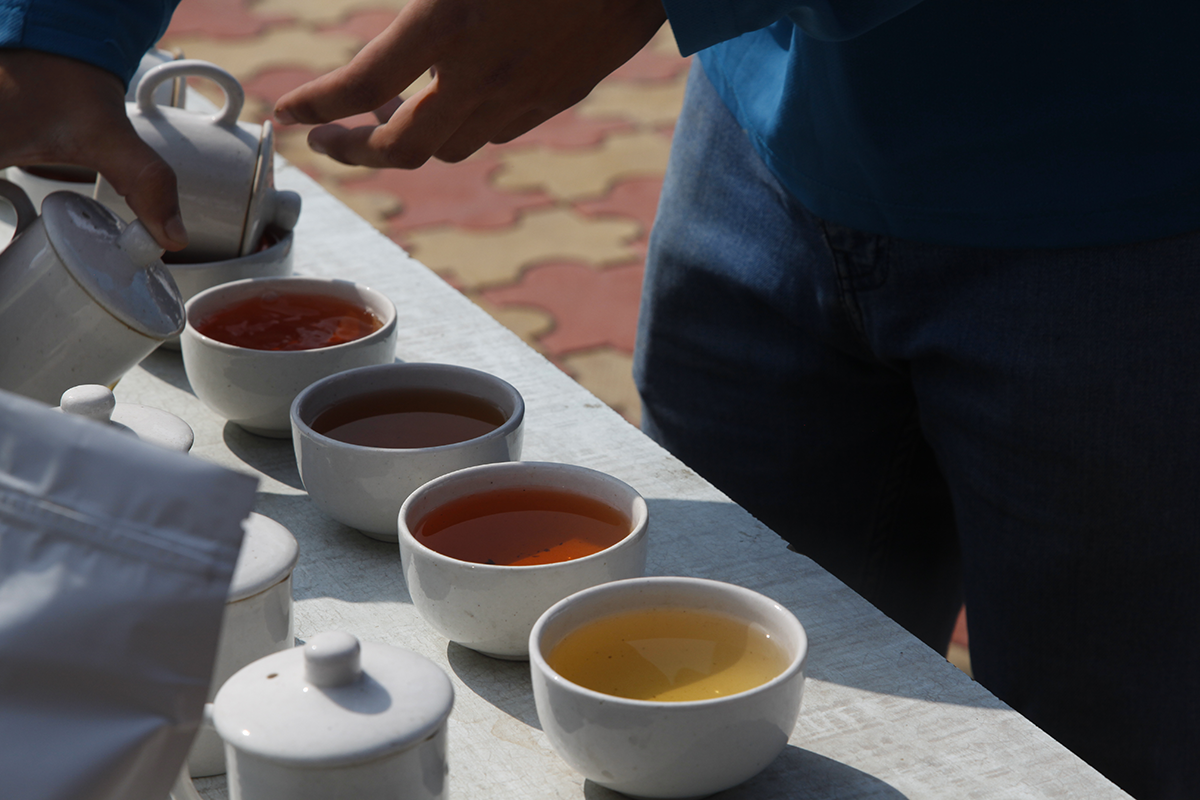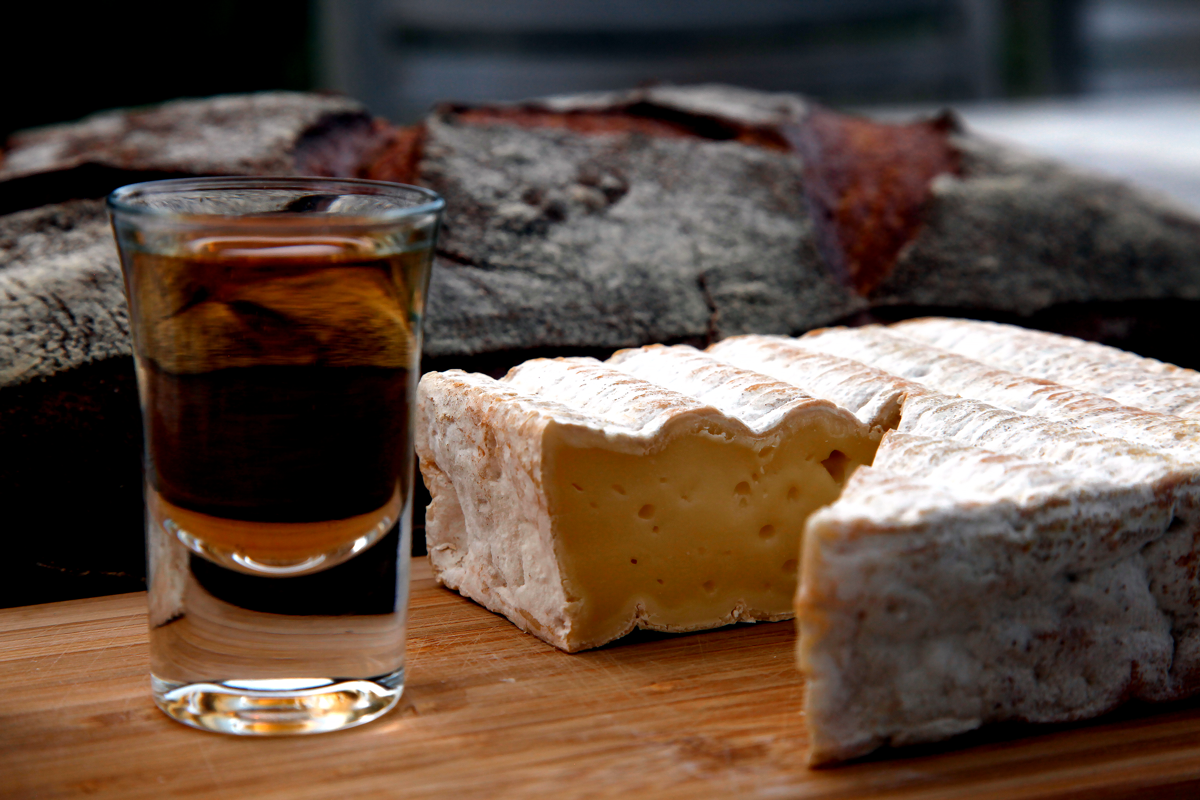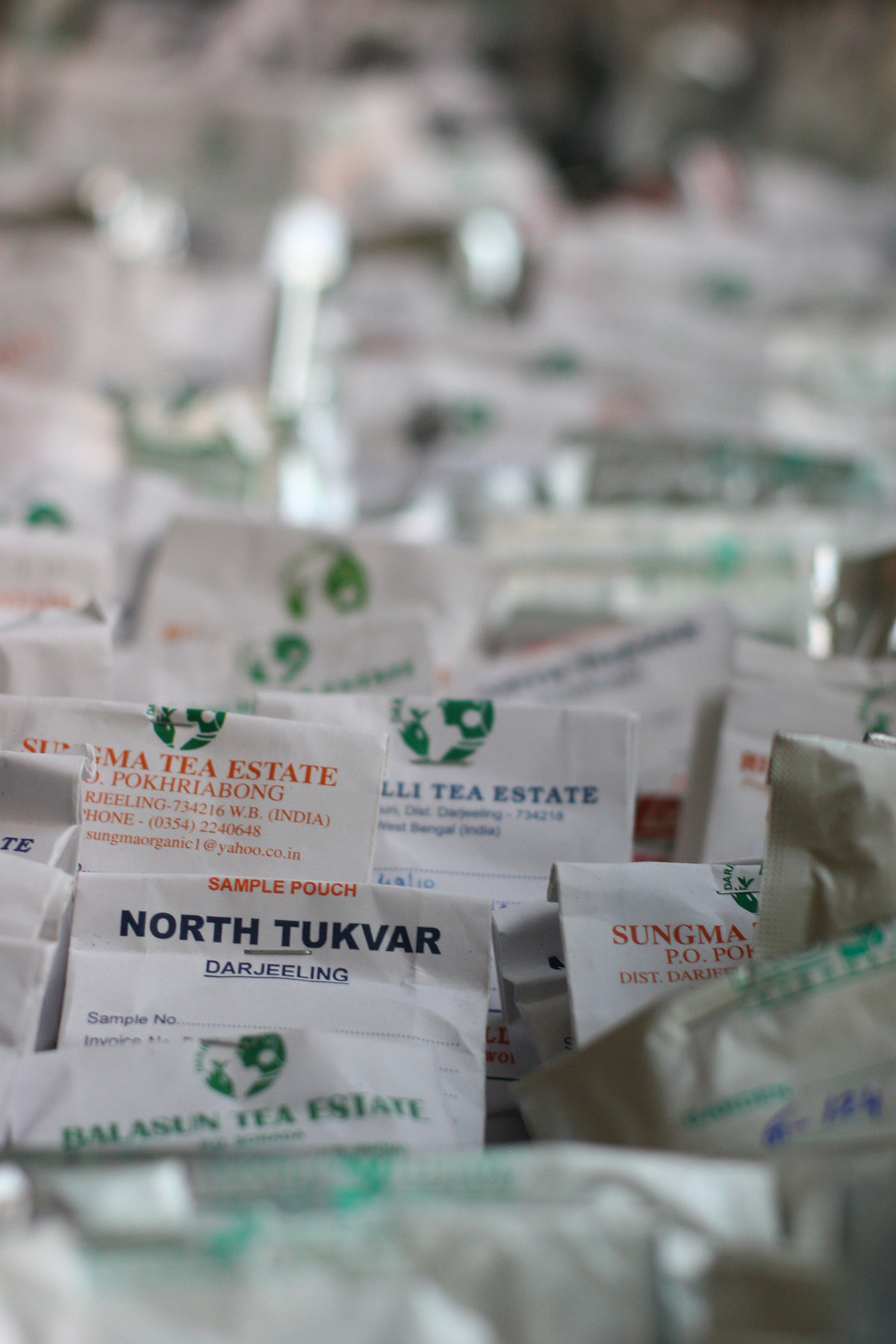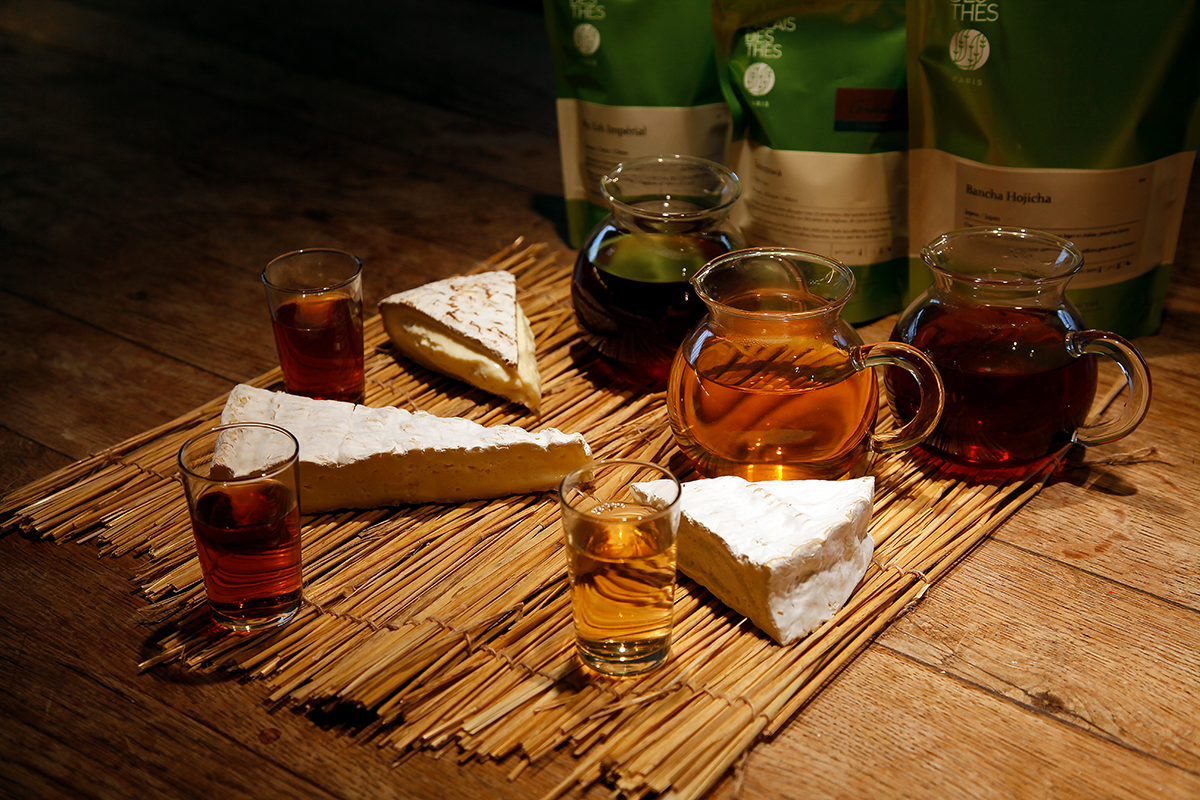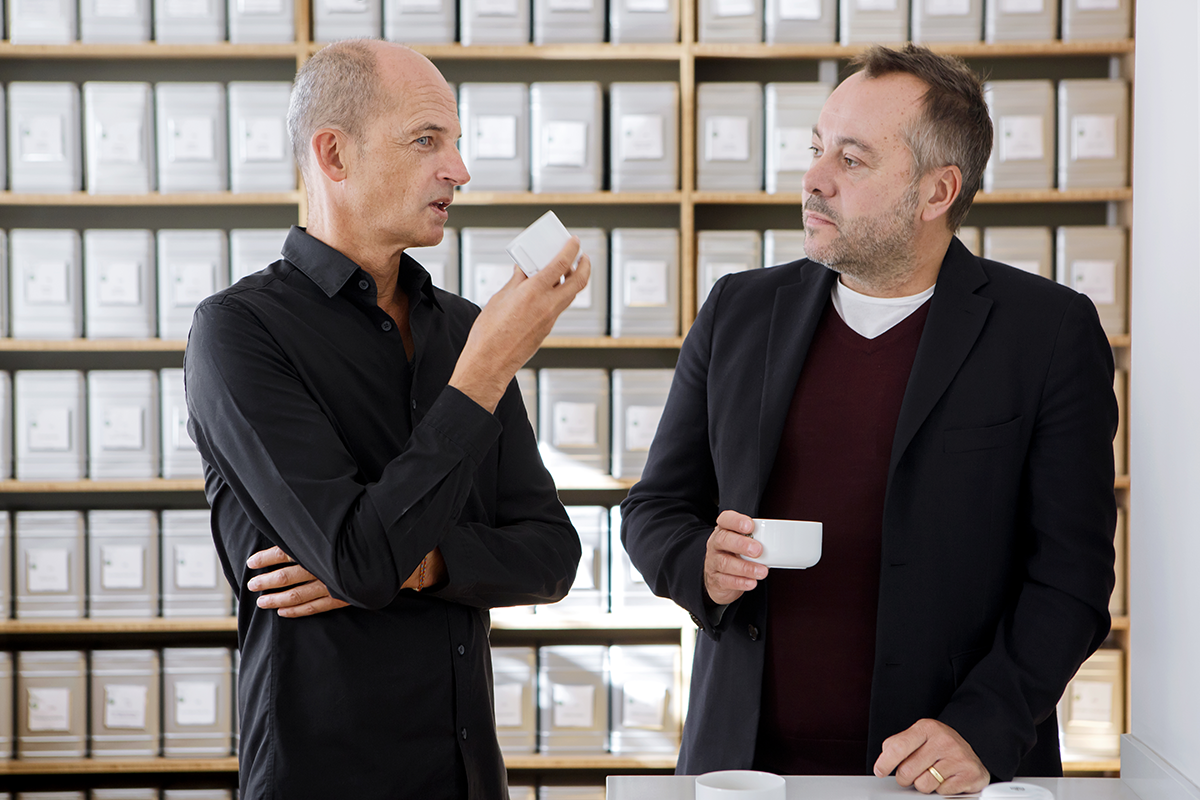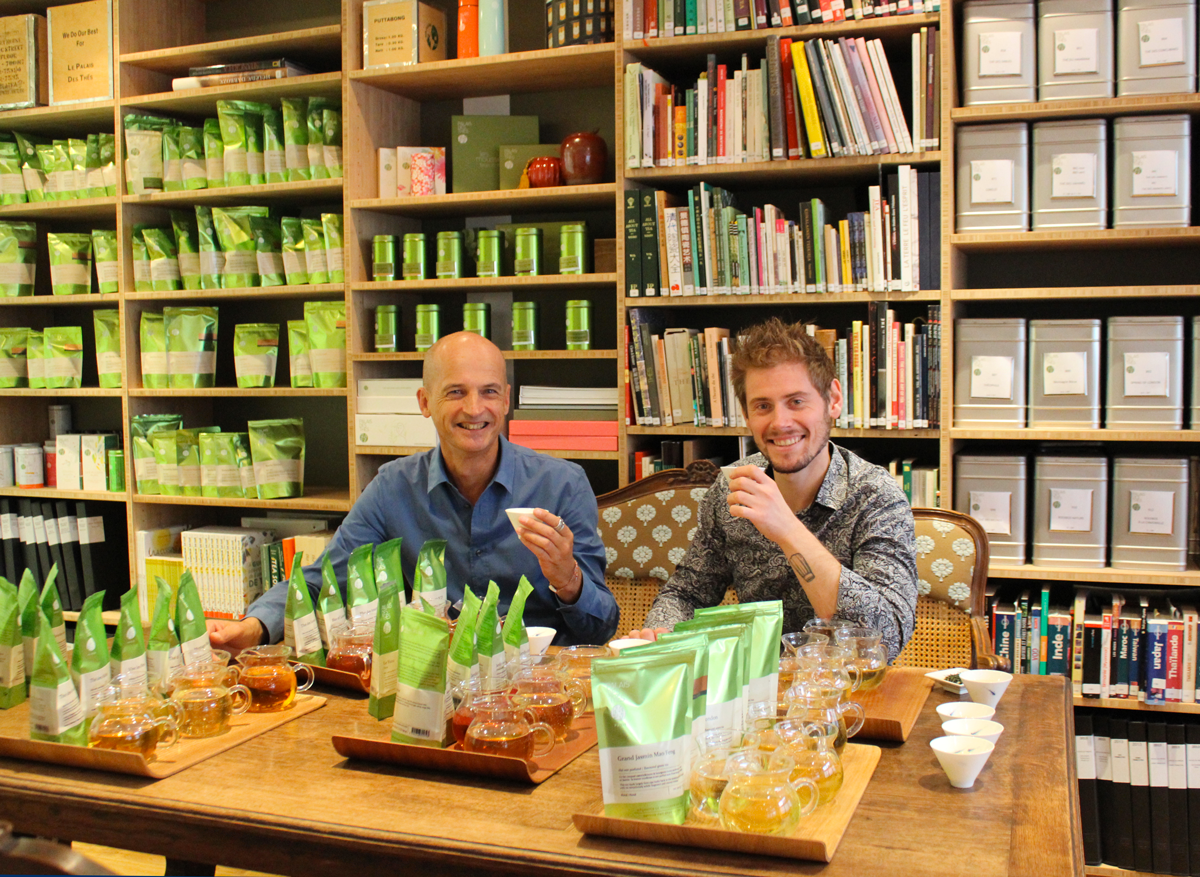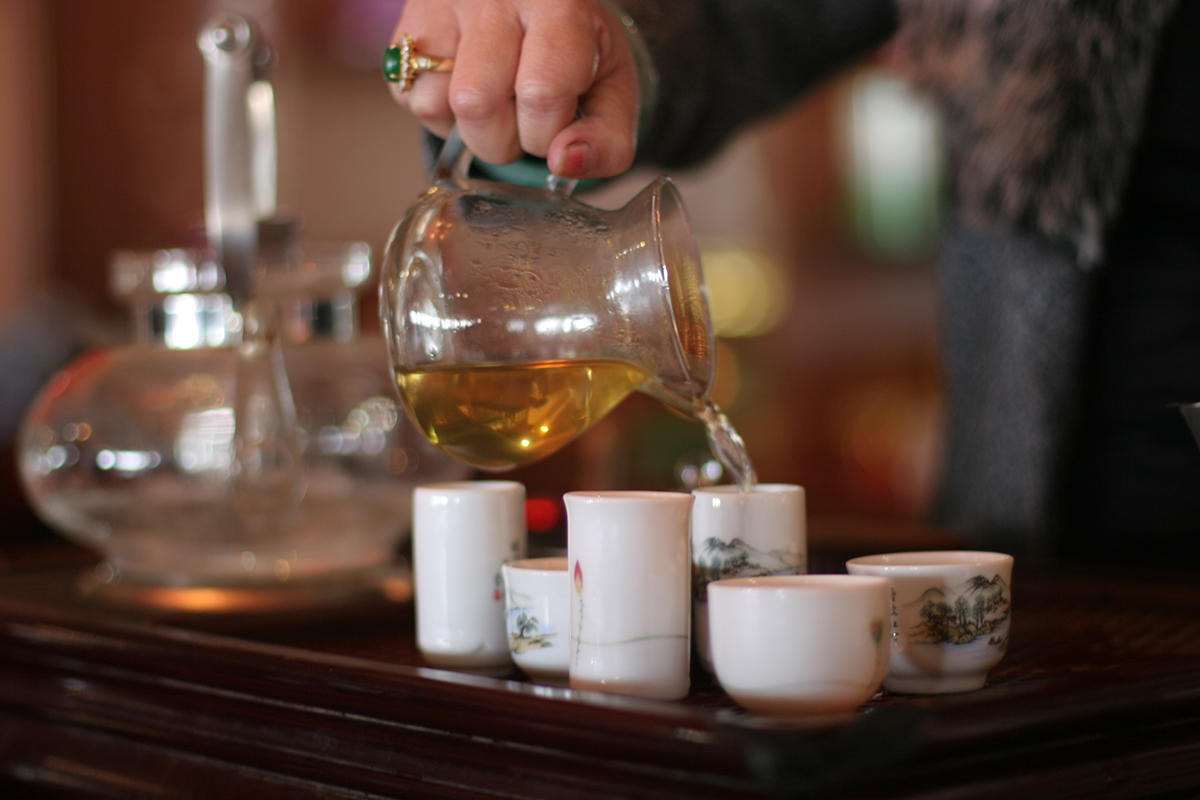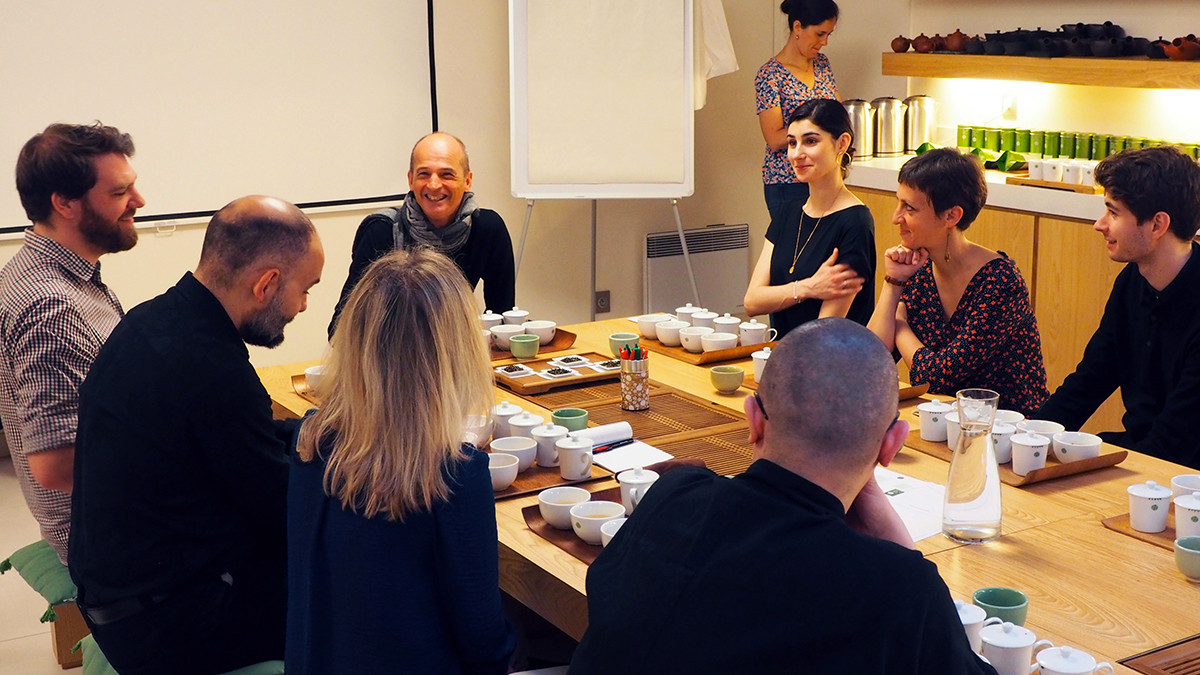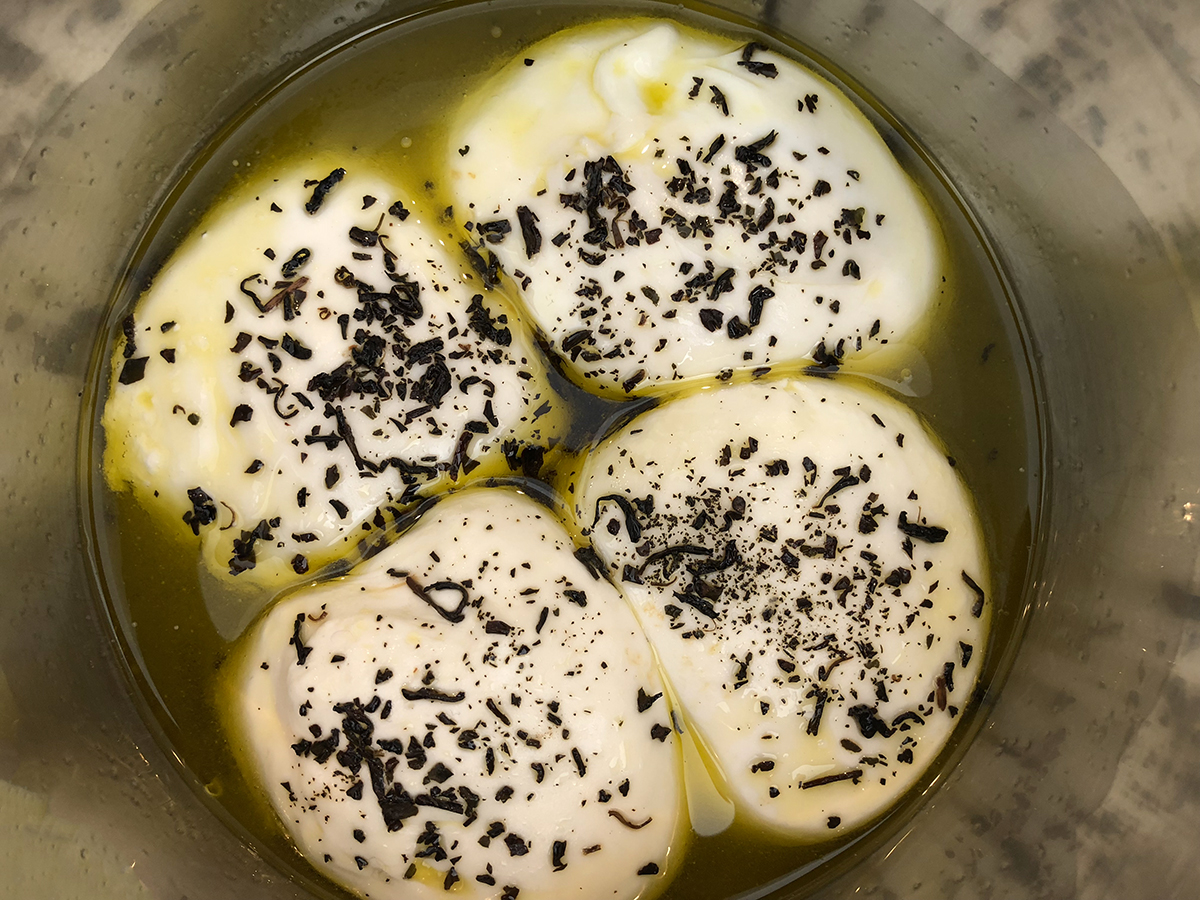When I tell people that I sometimes taste 50 or 100 teas a day, or even more, many are surprised, and ask: how can you try that many teas and still taste something?
In fact, it’s easier to taste 20 teas than just one, especially if they come from the same terroir, because as I move from one liquor to the next, comparing how long they linger in the mouth, their flavour and their aromatic profile, it becomes quite easy to form an opinion on each one. When you taste a single tea, you have to be a complete master of tasting techniques and have a solid knowledge of the typical characteristics of that type to be able to form a proper opinion.

